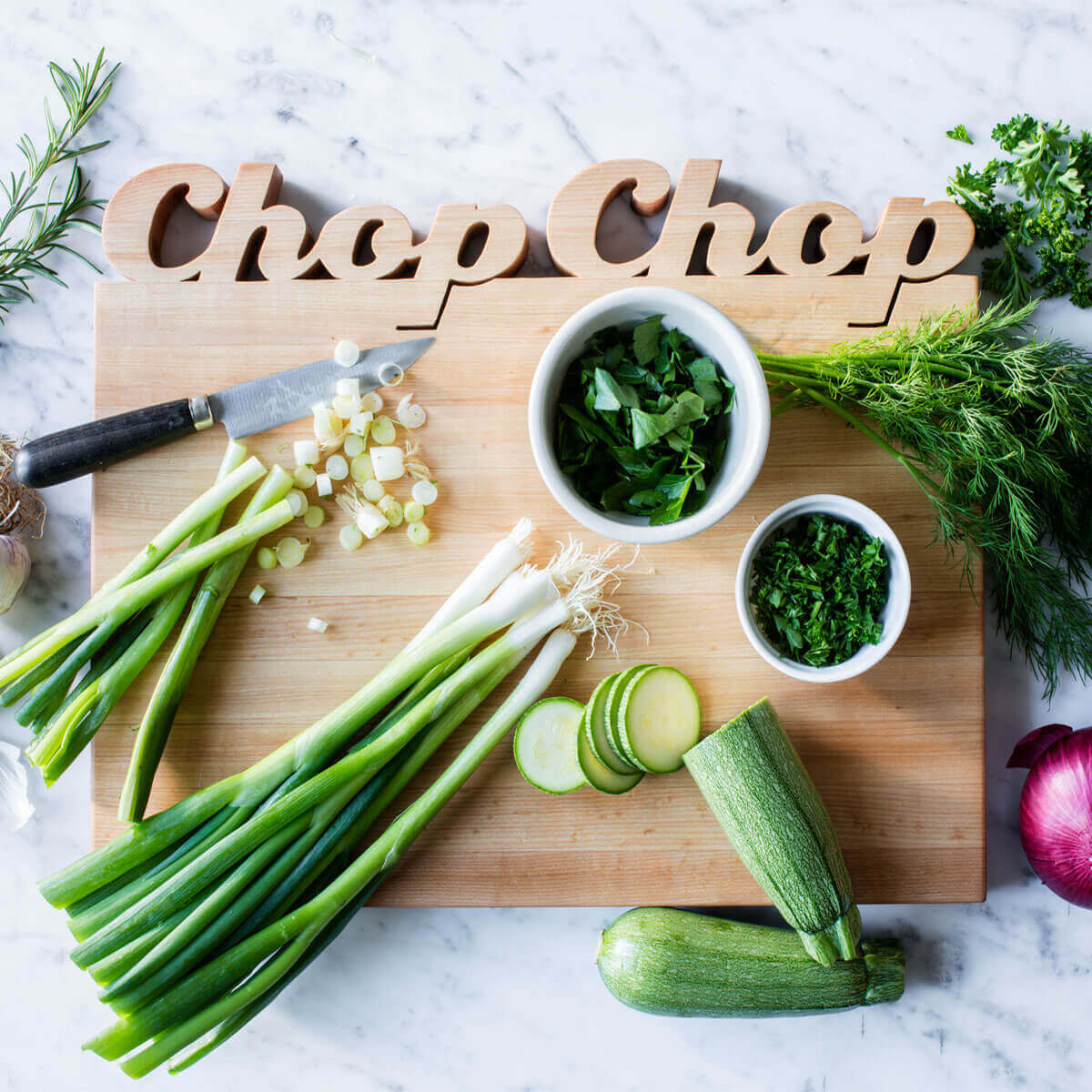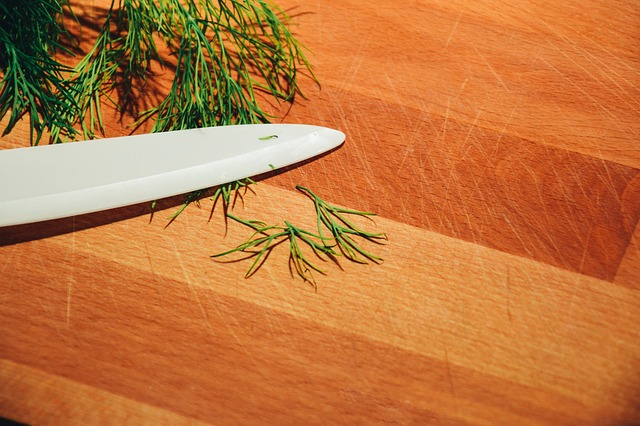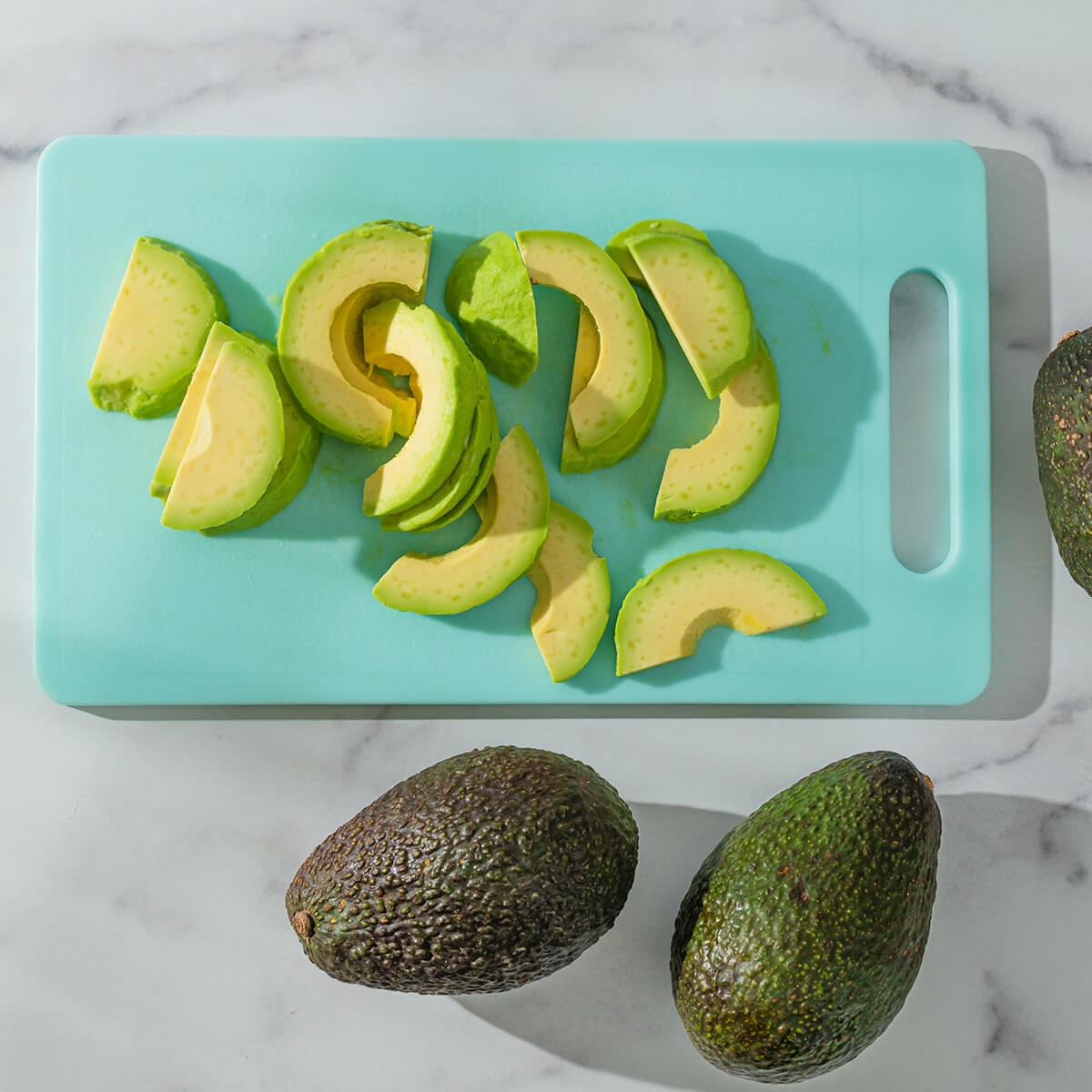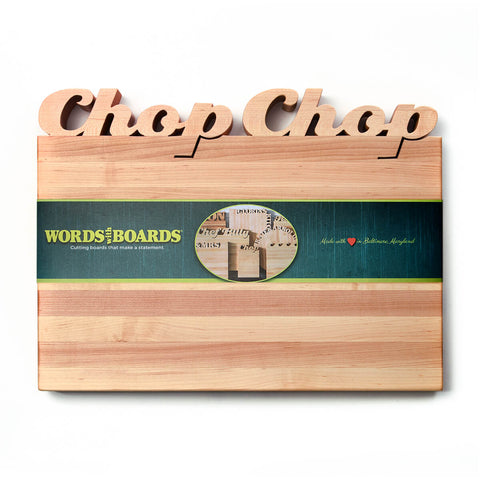Best Cutting Board Material: Wood or Plastic - Everything You Need to Know
June 24, 2024 5 min read

Choosing the right tools can make all the difference in your cooking experience. One of the fundamental choices you’ll face is selecting the best cutting board material. Bamboo cutting boards are a great option as they are less porous and naturally antimicrobial, but too hard for our liking. A wood or plastic cutting board (or some variation) are the other options, each with its own set of advantages. Learn everything you need to know to make an informed decision!
Wood or Plastic Cutting Board: The Choice is Yours
Whether you’re a seasoned at-home chef or simply enjoy cooking for your family, one often-over looked tool plays an important role: the cutting board.
The choice between wood and plastic cutting boards can bring up a lot of questions: Is there a major difference between the two? Which one is better? It’s a decision that can make or break your cooking experience, from aesthetics to knife maintenance and even food safety. Understanding the best cutting board material is crucial for making an informed choice.
A plastic cutting board is practical, affordable, and doesn’t require a lot of maintenance. Wood cutting boards, with their natural beauty and knife-friendly surface, offer up timeless charm and functionality.
This past year the wood vs plastic cutting board debate has been hard to miss! We’re breaking down the pros and cons so you can make the best decision for your home.

The Case for Wood Cutting Boards
Here at Words with Boards, we’re passionate about our handcrafted wooden cutting boards. Each one is made with care and attention to detail, and our American hardwoods are sustainably sourced. You can also personalize your board to make it more meaningful.
There are several other advantages to using wooden boards, as well as some other things to keep in mind when choosing one.
Advantages of a wooden cutting board
-
Natural look: A good cutting board, especially a wood cutting board, adds a touch of rustic elegance to your kitchen. They are often cherished for their natural beauty and warm, earthy tones.
-
Knife-friendly surface: They’re also gentle on your knives. The slight give in the wood helps maintain the sharpness of your blades which reduces the frequency of sharpening.

-
Durability: High-quality boards (like ours!) made from maple, walnut, or cherry, can last for many years with proper care and maintenance.
-
Eco-Friendly: Wood is and organic eco-friendly compared to a glass cutting board or a plastic board.
Types of wood for cutting boards
-
Maple: A popular choice thanks to its durability and attractive grain patterns. It's less prone to knife marks compared to softer woods. And seems to dry out less than other woods.
-
Walnut: Known for their rich, dark color and beautiful grain. They're both functional and visually appealing. Knife marks aren't as visible on walnut. Our end grain cutting boards are the best if you do a lot of chopping and dicing.
-
Cherry: Offers a delightful reddish hue and is another excellent option for cutting boards. It's durable and darkens as it ages.

Proper care and maintenance
-
Oil: Regularly apply food-safe mineral oil or coconut oil to a dry wood board to keep the wood hydrated and prevent it from drying out or cracking.

-
Clean and sanitize: Hand wash your board with warm, soapy water after each use. Never soak it or put it in the dishwasher, as excessive moisture and heat can cause the wood to warp and crack.
-
Prevent warping and cracking: Store your wood cutting board in a dry, upright position to prevent warping. We like to put a kitchen towel under the board while it dries. If it develops cracks or deep grooves, sand it down and oil it again!
The Case for Plastic Cutting Boards
We are a little biased but we do think wood boards are better than plastic! And the recent study from NIH shows we are ingesting microplastics from plastic cutting boards.
As with wood cutting boards, plastic cutting boards have their own set of advantages, plus many other things to consider.

Advantages of a plastic cutting board
-
Affordability: Plastic boards are widely available and come at a budget-friendly price point, making them a practical choice for many homes. Rubber cutting boards, while generally more expensive, offer additional benefits such as durability and a knife-friendly surface.
-
Dishwasher-safe: Unlike wood, plastic options are often dishwasher-safe.
-
Resistance to moisture: Plastic stands up against moisture. This means it won’t absorb liquids or odors.
Types of plastic cutting boards
-
Flexible or rigid plastic: Choose between flexible plastic boards, which are easy to bend and pour ingredients into pots, or rigid ones that provide a stable cutting surface.
-
Polypropylene: Lightweight and easy to handle. They come in various colors to help prevent cross-contamination.
-
High-density polyethylene (HDPE): Popular in commercial kitchens for their durability and resistance to chemicals. You can also purchase one for your home.
Proper care and maintenance
-
Clean and sanitize: These boards are dishwasher-safe, but you can also wash them by hand with hot, soapy water. Regularly inspect for deep cuts or grooves, as those can harbor bacteria.
-
Replace when damaged or heavily worn: Plastic boards can develop scratches over time, which provides a breeding ground for bacteria. Replace them when you notice significant wear.
Wood vs Plastic Cutting Board Frequently Asked Questions
Is a wooden or plastic cutting board better?
At the end of the day, it all comes down to personal preference and what you plan to use your board for. If you value aesthetics and natural materials, wood may be your top pick (and we can’t help but agree!). Wood cutting boards are easier on a knife's edge, more durable, heavier, and have antimicrobial properties. Wooden cutting boards are also gentler on knives — and the environment.
In terms of specific kitchen tasks, wood is best for meat, poultry, vegetables, and fruit. Plastic may be preferred for seafood as it doesn’t harbor odors like wood does. Again, choose what works best for you and your cooking habits!
What type of cutting board is the most sanitary?
Both plastic and wood are sanitary — if you keep them clean.
That said, plastic cutting boards are often considered slightly more hygienic because they have a non-porous surface that is less likely to harbor bacteria. But once scratches are present they are less hygienic.
Now, wood cutting boards can be just as safe with regular cleaning and oiling using food grade mineral oil or coconut oil to prevent moisture absorption.
What are the disadvantages of a plastic cutting board?
They are more prone to developing deep knife marks and scratches over time, which can be challenging to clean. Unlike wood cutting boards, plastic ones can be a source of microplastics.
While they are durable, they are not as knife-friendly as wood, which could potentially cause your knives to dull. Plus, plastic boards aren't as stylish as wood, aren't eco-friendly and are often non-biodegradable.
A recent study shows Microplastics can be of concern when chopping on plastic cutting boards as they will end up in the food you eat.
Our Final Thoughts

Choosing between a wood or plastic cutting board boils down to your personal preferences, cooking habits, and priorities. Both have their advantages, and with proper care and maintenance, can serve you well in the kitchen.
Whether you opt for the timeless elegance of wood or the practicality of plastic, make sure to prioritize hygiene and food safety in all that you do. Happy cooking!
Leave a comment
Comments will be approved before showing up.
Also in Stories
Subscribe
Sign up to get the latest on sales, new releases and more …
Recent Articles
-
Halloween Charcuterie Boards: Entertaining Ideas
October 14, 2025
-
Pros and Cons of Wood Countertops
June 16, 2025
-
Wood Anniversary Gifts for Him
March 06, 2025
-
Monogrammed Charcuterie Board
February 12, 2025
-
Cutting Board Size - Choose The Right Size For Every Kitchen Task
January 26, 2025
-
Creating a Delicious Charcuterie Board with Bee Inspired Honey
November 29, 2024
-
Best Cutting Board Material: Wood or Plastic - Everything You Need to Know
June 24, 2024
-
Why Is It Called a Lazy Susan? - The Origin of the Name
June 21, 2024
-
5 Year Anniversary Symbol: Why is Wood the Gift?
June 13, 2024
-
What Makes a Great Walnut Cutting Board
June 13, 2024












